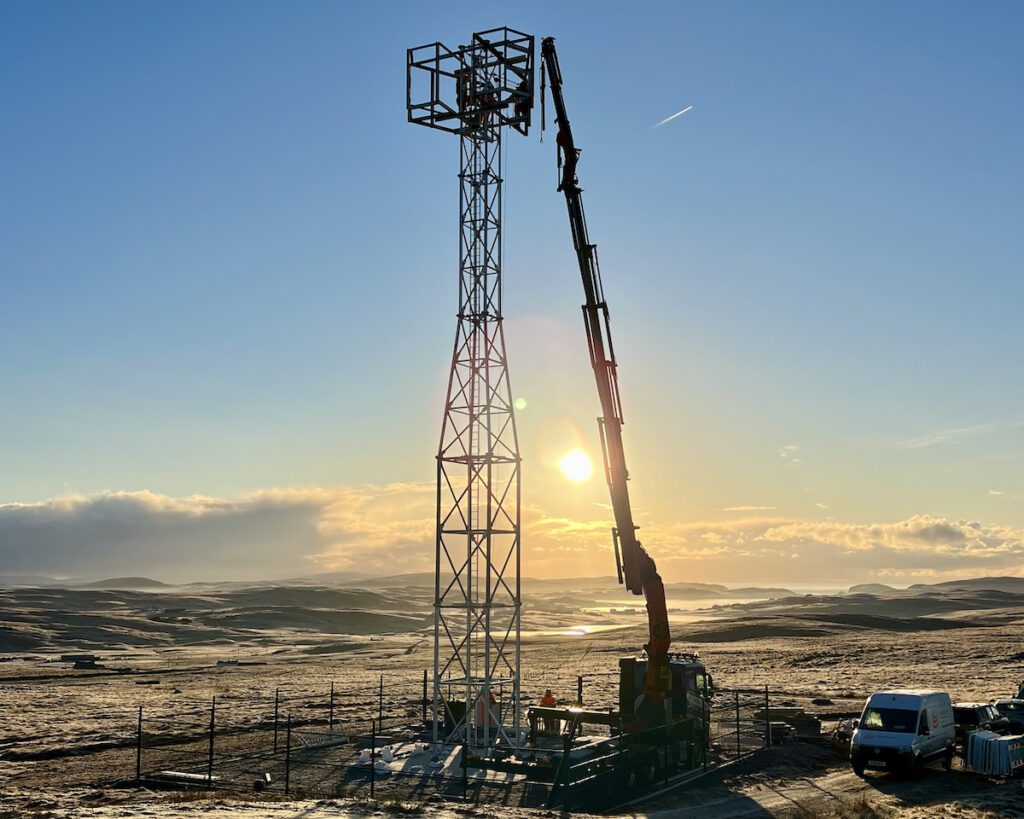Wireless Infrastructure Group (WIG) has built a new tower in Shetland, the latest in its portfolio of over 3,000 towers across the UK – and is a great example of how WIG deploy new wireless infrastructure in hard-to-reach communities across the UK.

Alastair Davidson, Director of Strategy and Policy said, “All our infrastructure is built to be shared by multiple operators from the outset, and this new tower will host not only Virgin Media O2, but also its partners in the Shared Rural Network – Vodafone and Three.”
Paul Kells, Director of Network, Strategy and Engineering at Virgin Media O2, said: “Our Shared Rural Network rollout is making a real, tangible difference to people’s lives. We’re continuing to play our part in bringing reliable 4G coverage to more rural locations across Britain and helping to bridge the digital divide between rural and urban communities.”
The new tower in Walls is part of the Shared Rural Network project to improve mobile coverage in Scotland from all four operators with coverage increasing from 44% to 74%. With coverage in Shetland increasing with the building of 2 new masts and the upgrade of 3 more. This will increase coverage from 80.22% to 88.83%.
Currently, just 26% of the Highlands and Islands benefit from 4G coverage from all four mobile network operators – Virgin Media O2, Vodafone, EE and Three. This will more than double to 68% after all Shared Rural Network upgrades have been delivered.
The Walls tower site is on rugged terrain, so WIG deployed a robust 25-metre lattice tower designed to withstand high wind speeds. It will enable the mobile operators to provide much-needed enhancements to 2G, 3G and 4G mobile broadband services to the local community and is future-proofed to upgrade to 5G.
“We worked with Beacon Comms our principal contractor, and local specialist contractor Tulloch Developments who have great experience working in Shetland. We chose a site neighbouring the water pumping station operated by Scottish Water, one of our partners in the critical utility sector, allowing us to share the access track and blend in as far as possible with the existing utility deployment,” said Alastair.
As the UK’s longest-standing independent tower and neutral host operator, WIG has extensive experience in managing the co-location of multiple networks. Every project is designed to ensure it can support all the UK’s mobile operators as well as other networks that may need access. WIG is focused on sustainable infrastructure and creates solutions that can support demand as it grows and new technologies as they emerge.
Shared Rural Network Background
Shared Rural Network (SRN) will deliver reliable mobile broadband to 95% of the UK, addressing the digital divide by improving 4G coverage in the areas that need it most. Through the programme, the UK’s four mobile network operators (MNOs) – EE, Virgin Media O2, Three and Vodafone expect to:
- Provide coverage to an additional 280,000 premises and for people in cars on an additional 16,000km of the UK’s roads.
- Improve geographic coverage to 79% of Areas of Natural Beauty, up from 51%, and 74% of National Parks from 41%, benefitting millions of visitors every year.
- By upgrading their existing networks and working together on shared infrastructure and new sites, the MNOs and Government will transform mobile coverage in rural areas. Individually, each operator will reach 90% geographic coverage, which will result in 84% of the UK having 4G coverage from all four operators, increasing choice and boosting productivity in rural areas.
To deliver the programme, MNOs will invest £532m to eliminate the majority of ‘partial not-spots’ – areas which receive coverage from at least one, but not all, operators. The UK Government will provide a further £500m to build new masts to eliminate ‘total not-spots’ – hard to reach areas where there is currently no coverage at all.





